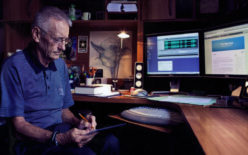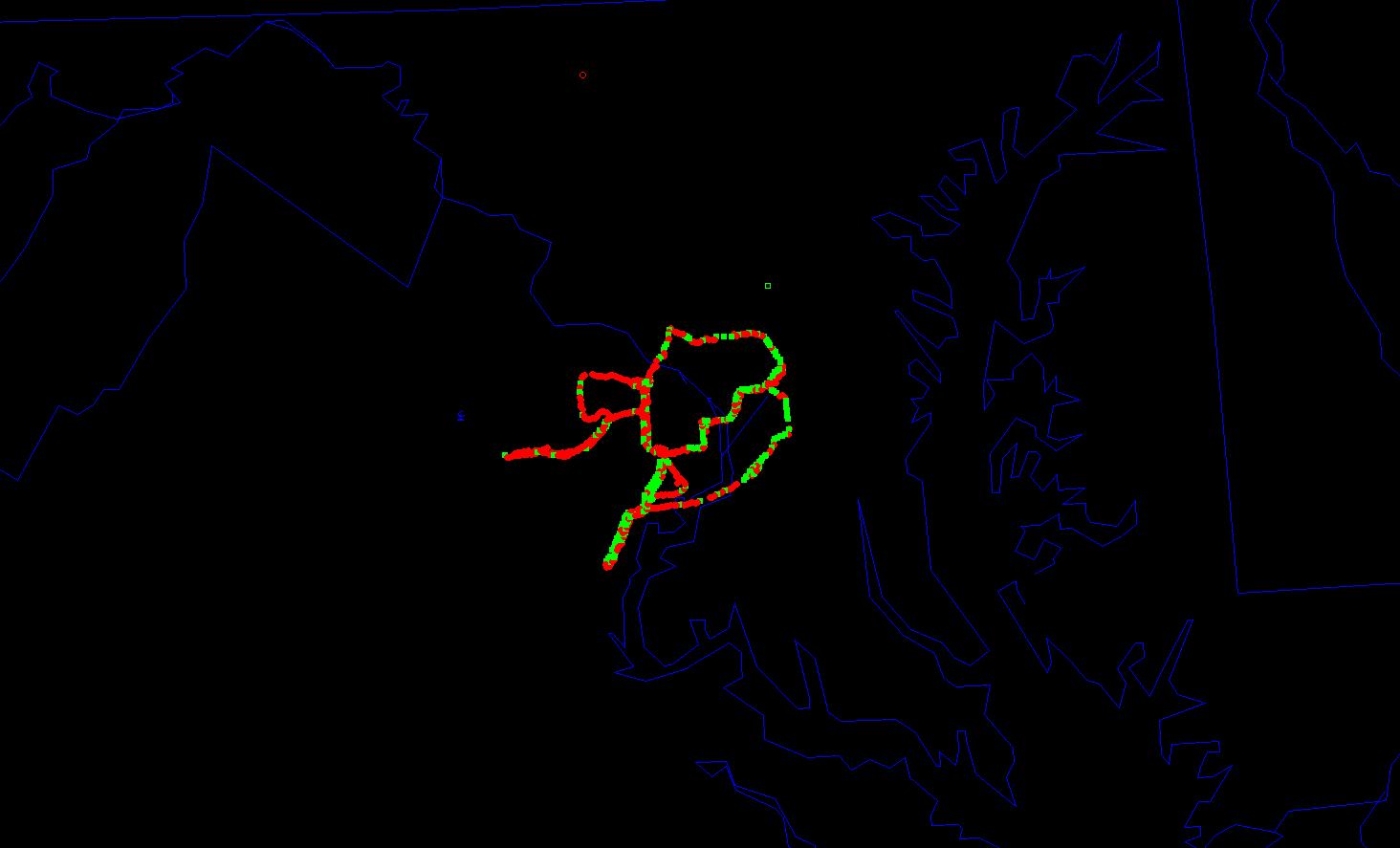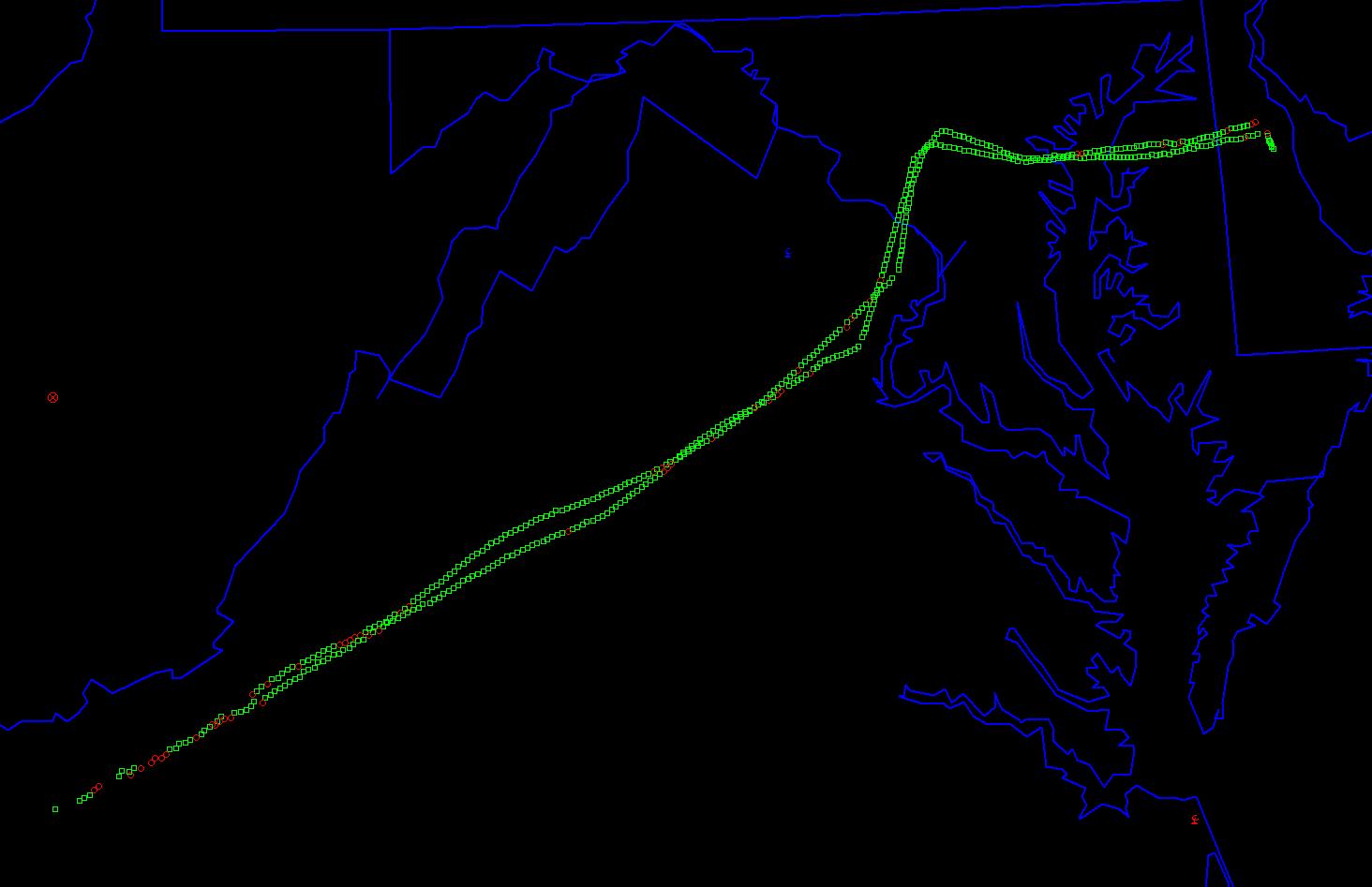September 29, 2009
An Open Letter to The 9-11 Working Group of Bloomington
I am Miles Kara, former professional staff member of both the 9-11 Commission and the Congressional Joint inquiry that preceded it. Recently, I started my own website, www.oredigger61.org, as perhaps you have discovered. If there are specific subjects you would like me to address I will consider doing that, with two caveats. First, I have found the Q and A approach to be counter-productive and that is one of the reasons I started my own website. Second, I am not interested in a debate over the facts of the day.
The primary reason I started my own site was that I knew when the Commission’s files were released that a great deal of my work would be made public. I also knew that I had the opportunity to do additional research and work using my own files. So, by starting my own site I am able to dictate the pace of my work and the subject matter. I prefer to focus on the theoretical and for me that is Chaos Theory as is evident from the categories on my website.
However, the opportunity to delve further into specific issues is both useful and interesting. Examples of such issues are my articles on Delta 1989, the Bobcats, and the so-called mystery plane. I have requests from correspondents to write about the Otis Scramble and about UA 175. I may or may not do that as I grapple with completing my re-look at the Scott Trilogy (https://www.oredigger61.org/?cat=20) which is fundamental to understanding why the public story was as it was when the Commission began its work.
Concerning your work, let me state at the outset that I appreciate this initiative: “This blog is now strictly private, viewable by members only.” The ‘wild west’ nature of the web blog world is not conducive to the type work you are about. Your publication of occasional public comments, however, caught my eye, this one in particular: “9/11 MIND SWELL by Joel S. Hirschhorn”
Hirschhorn is valued added and I am sure his input has been cause for discussion. Permit me to add my perspective. My unsolicited advice to you and to correspondents who have emailed me is that if you seek a paradigm shift, such as Hirshhorn suggests, then you have at least three courses of action available.
First, seek publication in the main stream media; a serious article in something like the Sunday Washington Post magazine. Michael Bronner had no problem telling the NEADS story in Vanity Fair, for example. Second, file suit in the court of your choice, but make sure you are on solid legal ground. I am aware of at least two attempts along this line in which the fundamental language of the baseline documents is flawed. Third, seek a Congressional sponsor to task one of the statutory Inspectors General to conduct an investigation.
Concerning the latter approach, I personally worked on several cases where individuals and small groups successfully petitioned for a Congressional or Government-directed investigation. For example, the private American citizen, Jennifer Harbury, caused the President’s Foreign Intelligence Advisory Board (PFIAB) to direct several statutory Inspectors General, acting jointly, to investigate the death of her guerrilla husband, Bamaca, in Guatemala. Another private citizen, a mother, petitioned Senator Shelby to direct several statutory Inspectors General, acting jointly, to determine why and how her Marine Corps son was killed in the Zona Rosa Massacre in El Salvador. A private citizen, Jose Basulto, and his organization, Brothers to the Rescue, successfully petitioned Representative Dan Burton to direct the DoD Inspector General to investigate the shoot down of two of his aircraft by the Cuban Air Force. Finally, the POW/MIA movement ultimately petitioned Senator Bob Smith to form an ad hoc Senate Committee to investigate the POW/MIA issue. Not happy with the results the movement continued to petition Senator Smith and he directed the DoD and CIA Inspectors General to further investigate the issue.
As I said, I worked on all four investigations and of the four the one most relevant to you is the POW/MIA movement; its successes and failures. The joint report of the Inspectors General is available through CIA FOIA: “A Review of the 1998 National Intelligence Estimate on POW/MIA Issues and the Charges Levied by ‘A Critical Assessment’ of the Estimate (29 February 2000).
From the beginning of my work on 9-11 (https://www.oredigger61.org/?page_id=598) I have noticed strong parallels between the POW/MIA movement and the 9-11 movements (plural is deliberate). First, each started as strictly a matter of the families. Second, the families themselves split into basically two factions; those who wanted to move on with their lives and those who demanded full accounting. The latter faction further split into those who accepted new evidence and those who were convinced that nothing the government said or did was true.
Third, the movements attracted outsiders. I over simplify here, but the attracted outsiders came in two flavors; those who had a genuine interest in the issue and a real empathy with the families, and those who sought nothing more than personal gain and fame/notoriety. The fraud that bedeviled the POW/MIA movement and preyed on families who wanted to believe even beyond hope is well documented and sad. I’m confident that the Bloomington Group is quite capable of separating those with genuine interest from the frauds, opportunists, and paper millers who serve primarily as a major distraction.
Penultimately let me say that no new investigation is needed. The more the Commission’s work files are released the more the Commission’s report is validated. If a new Commission is formed, or even two or more working in parallel, their findings will be no different than the Commission found. The facts allow no other outcome. A new Commission may come up with different recommendations and may tell the story differently, focusing on some things more than others. But a new Commission will not come up with new findings the facts are not there to provide otherwise.
We can start a discussion on common ground. Everyone agrees there was an event on 9-11. I have constructed a neutral framework for analysis (https://www.oredigger61.org/?page_id=10) that allows for anyone to call that event what they wish. I call it a terrorist attack. If someone wants to call it something different, that’s fine, but that person or group is obligated to provide an evidence-based pre-story to support its story of events on 9-11. I have seen no articulation of a pre-story to support anything other than a terrorist attack.
Finally let me see that I am disappointed to see the number of shallow articles on the web (I’ve had a Google alert “9-11 Commission” since August 2004) that state that Dean John Farmer’s new book The Ground Truth says that the 9-11 Commission report, itself, is false. I am confident that The 9-11 Working Group of Bloomington knows that what Farmer said was that the Commission’s report was accurate and what was not accurate was the Government’s reconstruction of events in the aftermath.
Sincerely,
Miles Kara


